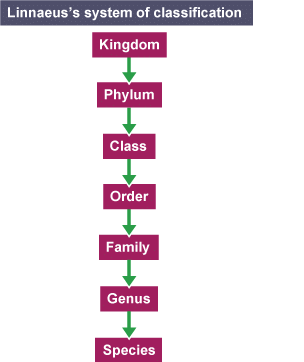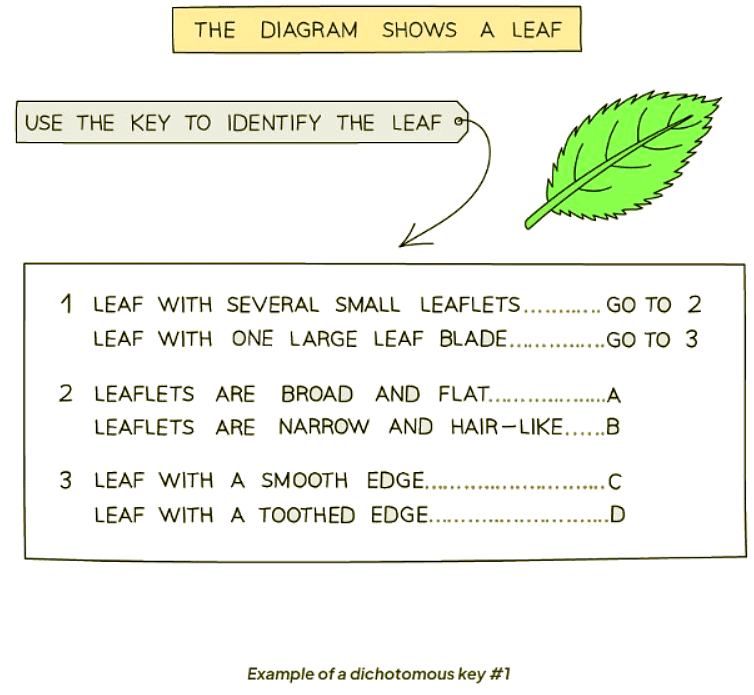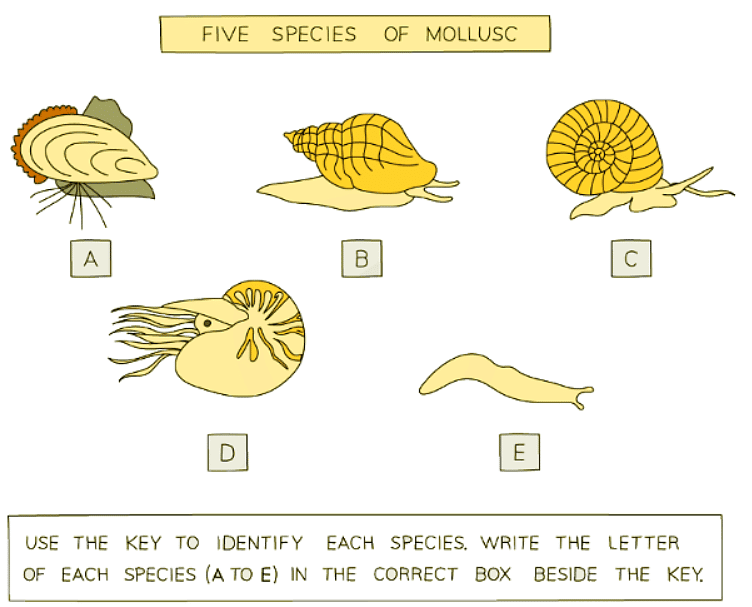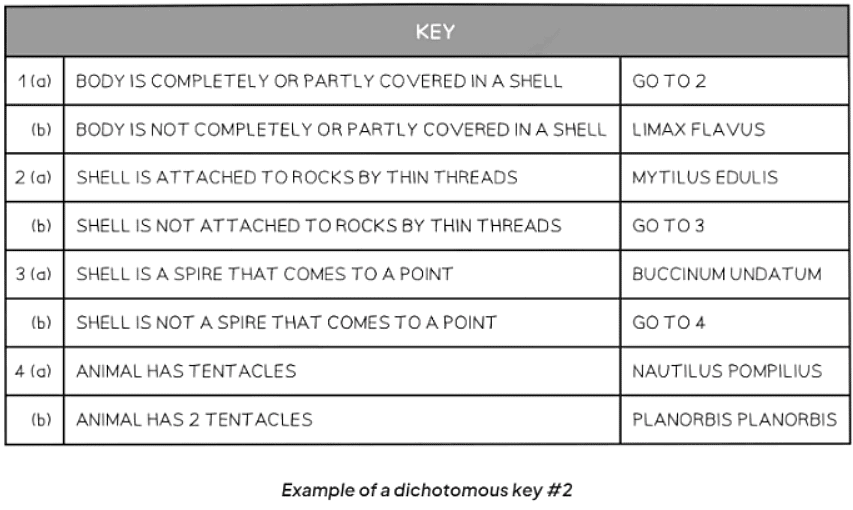Class 10 Exam > Class 10 Notes > Biology for GCSE/IGCSE > Concept & Uses of Classification Systems - 1
Concept & Uses of Classification Systems - 1 | Biology for GCSE/IGCSE - Class 10 PDF Download
How Organisms are Classified
- There are millions of species of organisms on Earth
- A species is a group of organisms capable of reproducing to produce fertile offspring
- Organisms can be grouped based on shared characteristics; for instance, all mammals have bodies covered in hair, nourish their young from mammary glands, and possess external ears (pinnas)
The Binomial System
- Organisms were initially grouped by a Swedish scientist named Linnaeus, who devised a method to categorize living beings into smaller, more specialized clusters.
- The species within these clusters share increasingly similar characteristics as they are further subdivided.
- Linnaeus used the binomial system to assign Latin names to organisms. Each scientific name consists of two parts: the genus (always capitalized) and the species (beginning in lowercase).
- When written, binomial names are italicized to indicate their Latin origin, for instance, Homo sapiens.
- The hierarchy of classification follows this sequence: Kingdom, Phylum, Class, Order, Family, Genus, Species.

Dichotomous Keys
Dichotomous keys are tools used to identify organisms based on specific characteristics.
- Keys guide users through a series of questions about an organism's features.
- Each step in a key presents two descriptions, leading to the identification of the organism.
- Users make choices based on the descriptions provided.
- To navigate a key successfully:
- Begin by selecting a single organism, or use an unfamiliar one provided in an exam question.
- Follow the statements or questions from the start, using the information or images given in the question.
- Continue until there are no more statements or questions, and you have identified the organism.
- Repeat the process with another organism, starting from the beginning of the key each time, until all organisms are identified.



Question for Concept & Uses of Classification Systems - 1Try yourself: Which scientist developed the binomial system for classifying organisms?View Solution
The document Concept & Uses of Classification Systems - 1 | Biology for GCSE/IGCSE - Class 10 is a part of the Class 10 Course Biology for GCSE/IGCSE.
All you need of Class 10 at this link: Class 10
|
101 videos|193 docs|33 tests
|
FAQs on Concept & Uses of Classification Systems - 1 - Biology for GCSE/IGCSE - Class 10
| 1. How does the binomial system of classification work? |  |
Ans. The binomial system of classification, introduced by Carl Linnaeus, assigns each organism a two-part scientific name consisting of its genus and species. This system helps scientists worldwide communicate about organisms in a standardized way.
| 2. What is the purpose of dichotomous keys in classification? |  |
Ans. Dichotomous keys are tools used to identify organisms based on a series of choices between two alternative characteristics. These keys help users narrow down the possible species of an organism by following a series of questions.
| 3. Why is it important to classify organisms? |  |
Ans. Classifying organisms allows scientists to organize and understand the vast diversity of life on Earth. It helps in studying relationships between different species, predicting characteristics of unknown organisms, and aiding in conservation efforts.
| 4. How is the classification system helpful in biological research? |  |
Ans. The classification system provides a framework for organizing and comparing organisms, which is essential in biological research. It helps researchers identify evolutionary relationships, study biodiversity, and make informed decisions about conservation and management.
| 5. Can organisms change their classification over time? |  |
Ans. Yes, as scientific knowledge advances and new information is discovered, the classification of organisms can change. This can lead to reclassification of species, genera, or even higher taxonomic groups to better reflect their evolutionary relationships.
Related Searches















